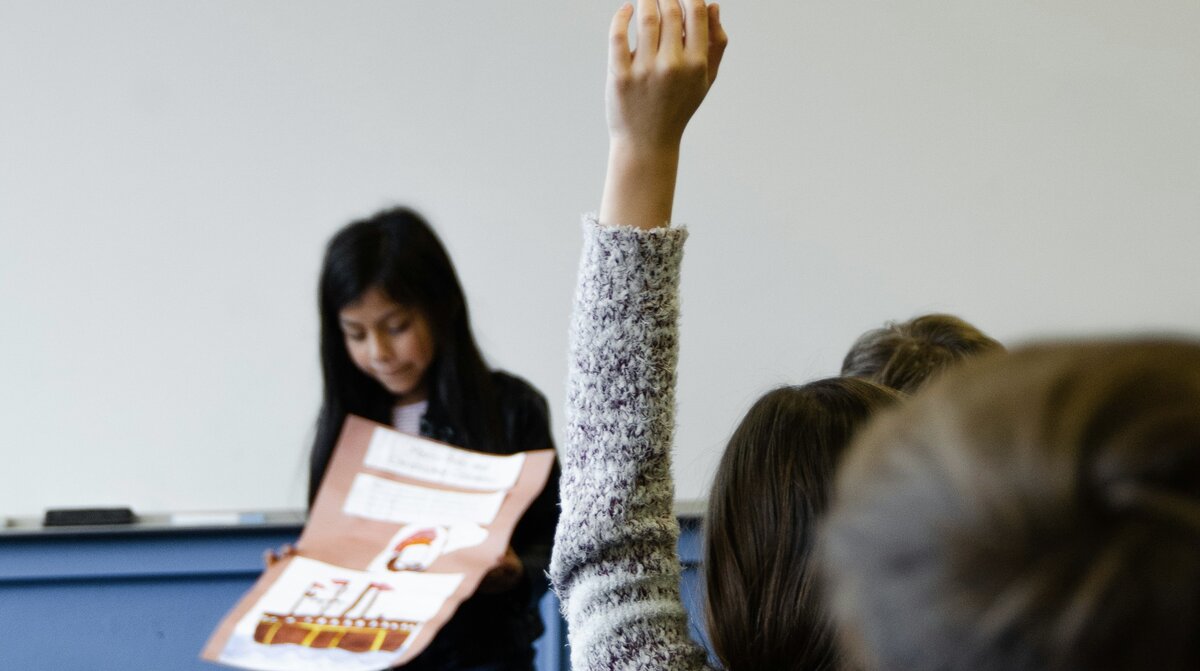How to Teach a Child to Ask Questions

The power of asking questions cannot be overstated, especially in early youth. It’s how children learn to learn when something doesn’t come naturally to them. Meanwhile, a fear of asking questions is what keeps a lot of children from succeeding in school and in the community. Understanding this, teachers want to better understand how to teach a child to ask questions, as experience has proven that announcing “Any questions?” at the end of a lesson doesn’t cut it. Below are some helpful tips that will encourage your students embrace their innate inquisitiveness.
3 Effective Ways to Encourage Young Students to Ask Questions About Any and All Activities, Lessons, and Tasks
I. Ask if They Have Questions at the Beginning of a Lesson
As soon as you let kids know what they are about to learn, ask them if they have any questions before getting started. Sometimes it’s not about what they are intended to learn, but why they are required to learn it, that needs to be cleared-up for them. If there are uncertainties from the beginning, there will be a resistance to learning. Introducing questions into the beginning normalizes it in classroom setting which is exactly what you want.
II. Provide an Channel for Anonymous Inquiry with a “Question Box”
Some children will be too afraid to ask anything because they are afraid of how others perceive them, you (the teacher) included. Instead of a Suggestion Box (although that may be helpful for teachers too) introduce a Question Box into the classroom. Provide students with the same small pencils and comment cards so no one can tell whose is whose and place them on their desks prior to lessons. Encourage them to write questions down during lesson breaks and after lessons. The question/comment cards should be placed within the Question Box after each lesson, in unison. This only works when everyone is required to insert a comment card or it will not be anonymous. In addition, let students know that they can drop a question card into the Question Box anytime, be it before class, at recess/lunch, or whenever they are allowed in the classroom. The Question Box can also be placed outside of the classroom door for further anonymity. Answers to these questions can be posted up on a class bulletin board and (more importantly) uploaded en masse to the class’ online learning platform.
III. Take Questions (and Discuss) in an Informal Outdoor Setting
Some children are too nervous to ask questions in the formal setting of a classroom. While the Question Box will help, it’s a good idea to also encourage verbal communication of questions, which is important to the development of a child’s interpersonal skills. You can make it more comfortable for them by bringing lessons or after-lesson Q&As outside while gathered around a school garden or even the track’s bleachers. The fresh air and natural light encourages open discussion and fosters and environment that feels non-judgemental among young peers.
The Plant a Seed & See What Grows Foundation works tirelessly to inspire and promote healthy living and learning for kids across Canada. Help us help the next generation by pledging your support too! View more on how you can get involved.







